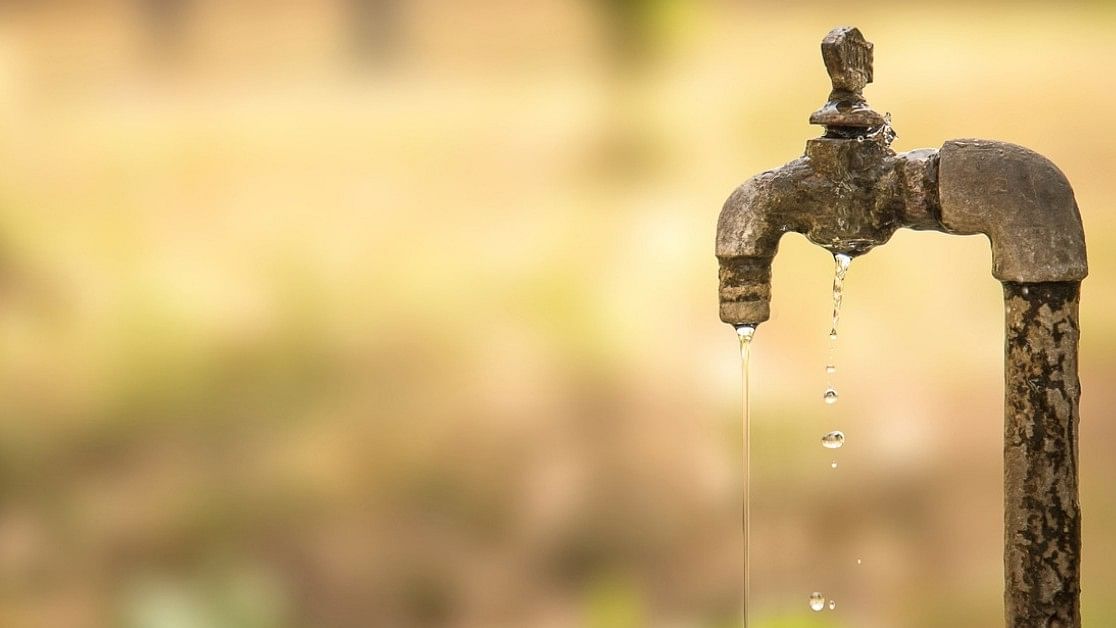
The current live storage stands at 46.311 billion cubic meters (BCM), which is 26 per cent of the total live storage capacity of these reservoirs.
Credit: iStock Photo
New Delhi: Amid heavy rains in different parts of the country, water levels in 150 main reservoirs of the country have increased to 26 per cent of the total live storage capacity, still lower than in the same period last year, according to official data.
Last week, the water level was at 22 per cent.
The current live storage stands at 46.311 billion cubic meters (BCM), which is 26 per cent of the total live storage capacity of these reservoirs. This is a significant drop compared to the same period last year, when the live storage was 58.864 BCM, according to Central Water Commission's (CWC's) Friday bulletin.
The reservoirs being monitored have a combined total live storage capacity of 178.784 BCM, representing 69.35 per cent of the overall estimated live storage capacity in the country.
Despite the extensive storage capacity, the current figures reveal that the available storage is only 79 per cent of last year's levels and 90 per cent of the normal storage, which is calculated based on the average storage over the past 10 years.
The northern region, encompassing Himachal Pradesh, Punjab, and Rajasthan, is experiencing a notable shortfall.
The 10 monitored reservoirs have a total live storage capacity of 19.663 BCM, with the current live storage at 5.979 BCM (30 per cent of capacity). This is significantly lower than last year's 63 per cent and the normal storage level of 35 per cent.
The eastern region, which includes Assam, Jharkhand, Odisha, West Bengal, Tripura, Nagaland, and Bihar, also shows a decrease.
The 23 reservoirs in this region have a combined live storage capacity of 20.430 BCM, with current storage at 4.132 BCM (20 per cent of capacity). Last year, the storage was at 22 per cent, and the normal storage level was 24 per cent.
In the western region, covering Gujarat and Maharashtra, the 49 reservoirs have a total live storage capacity of 37.130 BCM.
Currently, the storage is 9.398 BCM (25 per cent of capacity), down from 32 per cent last year and the normal storage level of 27 per cent.
The central region, comprising Uttar Pradesh, Uttarakhand, Madhya Pradesh, and Chhattisgarh, has 26 reservoirs with a total live storage capacity of 48.227 BCM.
The current storage is 13.035 BCM (27 per cent of capacity), lower than last year's 39 per cent and the normal storage level of 32 per cent.
The southern region, including Andhra Pradesh, Telangana, Karnataka, Kerala, and Tamil Nadu, shows a mixed trend. The 42 monitored reservoirs have a total live storage capacity of 53.334 BCM, with the current storage at 13.767 BCM (26 per cent of capacity).
This is better than last year's 22 per cent but still below the normal storage level of 27 per cent.
The bulletin highlights that the overall storage position in the country is less than the corresponding period of last year and the normal storage during this time.
Specifically, the total live storage of the country, based on data from the 150 reservoirs, is estimated at 66.782 BCM against an overall capacity of 257.812 BCM.
The current storage levels suggest potential challenges for water management and agricultural activities, especially in regions that are heavily reliant on reservoir water for irrigation and daily use.
The CWC's ongoing monitoring and weekly updates aim to provide critical data to help manage and mitigate water scarcity issues across the country.